Forging and stamping: the current status of automobile stamping technology
Author: SAIVS Date Published: Jun 11,2024
The modern automotive industry demands ever-increasing production scale, multi-model compatibility, and large, integrated body panels. Traditional rigid, single-model production lines struggle to meet these evolving needs.
1. Mechanization, Automation, and Flexibility:
Coil Handling: Modern production utilizes a high degree of automation for uncoiling, leveling, shearing, and stacking of metal coils.
Transfer Systems: Robotic arms, robots, or transfer devices manage parts between processes in large body panel production lines.
Progressive Dies and Multi-Station Presses: These technologies improve efficiency for small and medium-sized parts and high-volume production, respectively.
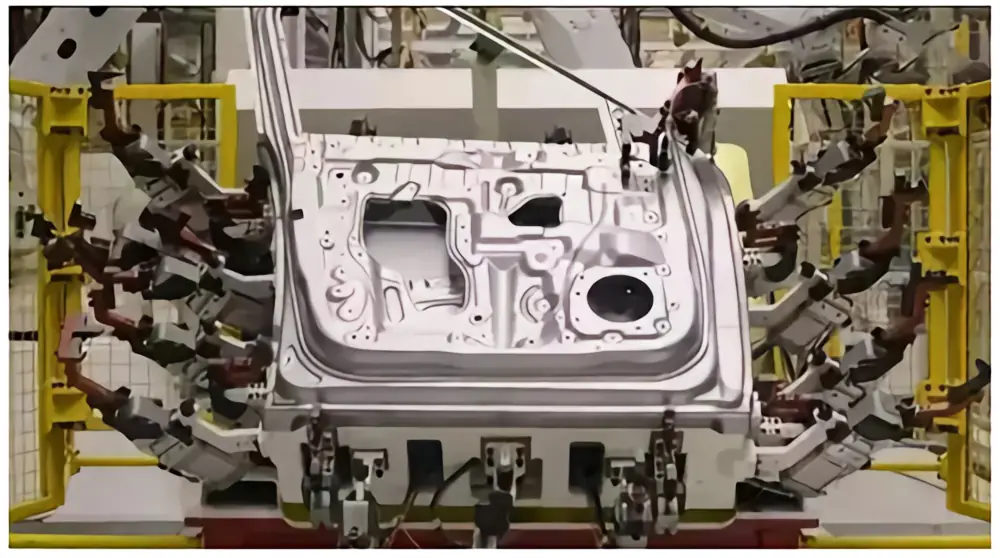
2. Key Features of Mechanization and Automation:
High-Volume, Low-Variety Production: Mechanization and automation excel in high-volume production runs with minimal part variations. This minimizes changeover times and maximizes equipment uptime.
Process Suitability: Stamping parts with simple shapes and shallow draw depths are ideal candidates for automation as their processes are readily simplified.
3. Servo Press Technology:
Servo motor technology combined with CNC control in servo presses offers significant advantages:
Flexible Slide Motion: Unlike traditional presses, servo presses allow for programmable slide motion curves, adapting to various stamping needs.
Servo Pressure Cushions: Replacing traditional air cushions, servo pressure cushions enhance production efficiency, improve forming performance, and ensure higher equipment accuracy and stability.
Energy Savings and Reduced Noise: Servo presses offer significant energy savings and operate at lower noise levels.
Digital Stroke Control: The ability to digitally control the slide stroke curve allows servo presses to adapt to a wider range of stamping applications, promoting high-efficiency production.
4. High-pressure forming processes:
Ultra-High Pressure Forming: This technology addresses the need to form complex shapes with high precision using stronger materials like ultra-high-strength steel and titanium alloys. Pressures can reach 600 MPa or even 1000 MPa.
Hot Internal Pressure Forming: This process utilizes heated pressurized media to form complex shapes from low-plasticity materials like high-performance aluminum and Magnesium Alloys at room temperature.
Ultra-High Strength Steel Forming: As car manufacturers strive for lighter weight structures, the use of high-strength steel presents challenges due to reduced material plasticity. Addressing these challenges requires advancements in bending, pre-forming, high-pressure forming, wall thickness distribution, and lubrication techniques.
Continuous Development of New Forming Processes: Techniques like combined high-pressure forming and welding allow for the creation of lightweight, high-integrity structural components.
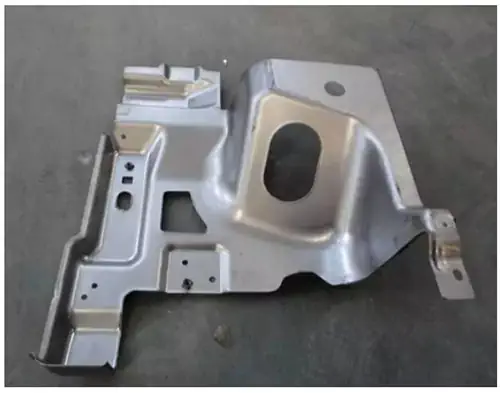
5. Multi-piece production processes:
Combining multiple stamping pieces can improve efficiency, material utilization, and mold debugging. Examples include:
Double Die Stamping: Two sets of molds are used simultaneously in the same press for faster production compared to left-right stamping with a single set of molds.
Four-Piece Simultaneous Stamping: A single press and mold combination can produce four outer door panels concurrently.
These advancements in automotive stamping production contribute to faster production cycles, lighter vehicles, and the ability to handle a wider variety of car models, ultimately meeting the demands of the modern automotive industry.
Why Choose SAIVS™ as Your Supplier?
1.Superb Quality Control Management
At SAIVS, we take pride in our perfect quality management systems and procedures, which guarantees the excellent performance of all our producs, being a professional Investment Casting | Die Casting| Sand Castingmanufacturer in China.
2.Rich Production Experience
With 20 years of experience in production, SAIVS has a deep understanding of the market and trends, and strives for continuous research and innovation. This has created advantages in both the product's performance and appearance.
3.Competitive Prices
As a Chinese factory committed to becoming the most cost-effective Investment Casting | Die Casting| Sand Castingexporter in China, SAIVS provides high-quality products at advantageous prices. By lowering costs and increasing efficiency, we ensure that our customers receive the best possible value for their investment.
4.Perfect After-sales Service
At SAIVS, we strive to provide superior customer service that meets and exceeds expectations. We are always available for any questions or concerns you may have, and we stand by our commitment to providing excellent after-sales support.
Related Posts
-
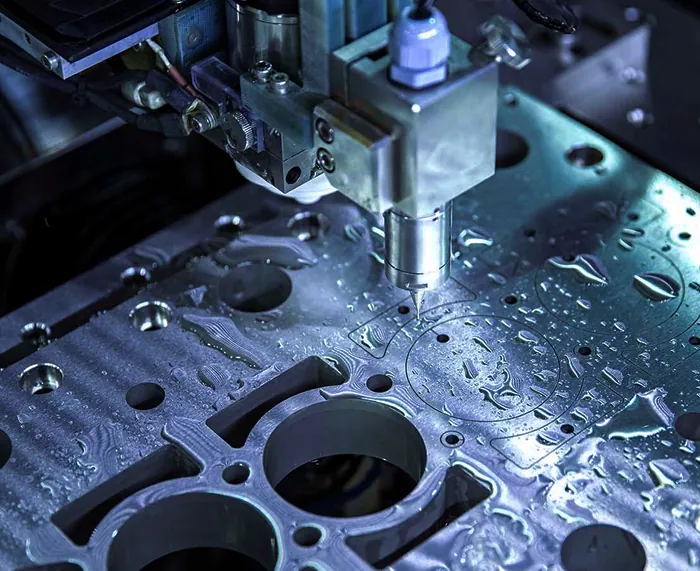
5 CNC Machining Materials
AluminumAluminum is one of the most popular materials for CNC machining due to its excellent machinability, lightweight nature, and resistance to corrosion
-
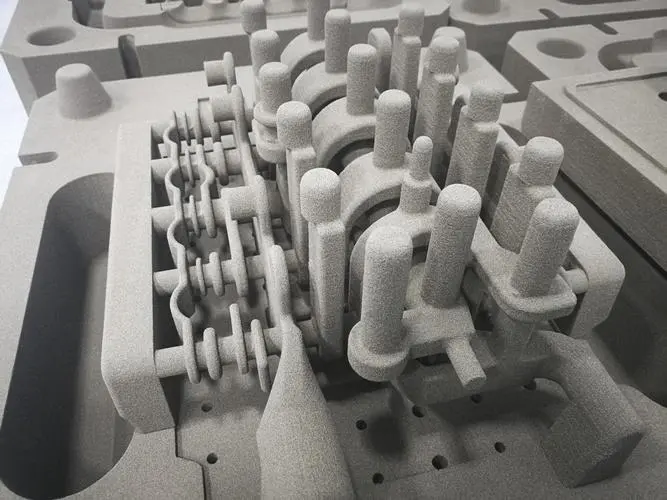
The Effective Uses of Sand Casting for Construction Machinery Parts
The construction machinery industry requires the production of big parts that have shapes, sizes, and complexities that are not easy to produce by conventional ...
-
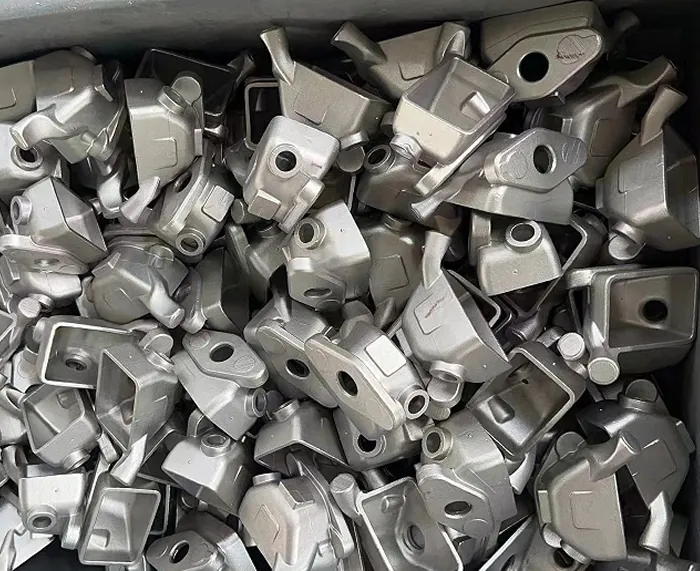
Choosing a Stainless Steel Foundry: Key Factors to Consider
Stainless steel casting is a manufacturing process that involves pouring molten stainlesssteel into a mold to create a desired shape or component. It is a versa...
-
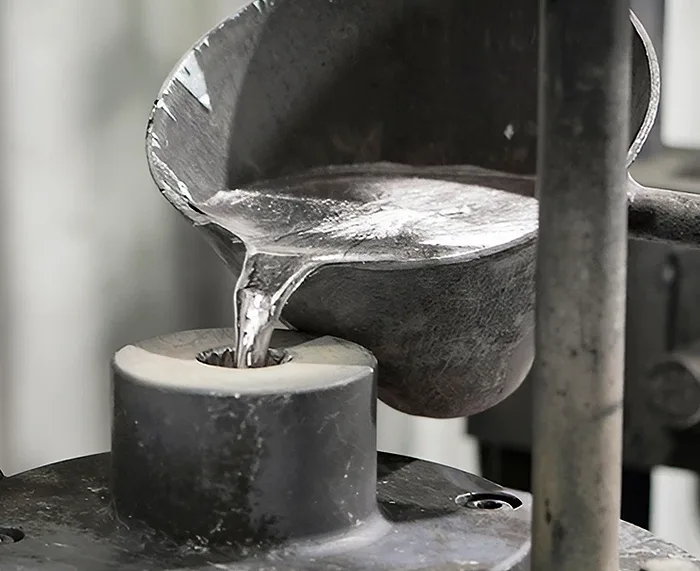
What is the process of gravity casting
What is Gravity Casting?Gravity casting, also known as gravity die casting or permanent mold casting, is a casting process used to produce high-quality metal pa...
-
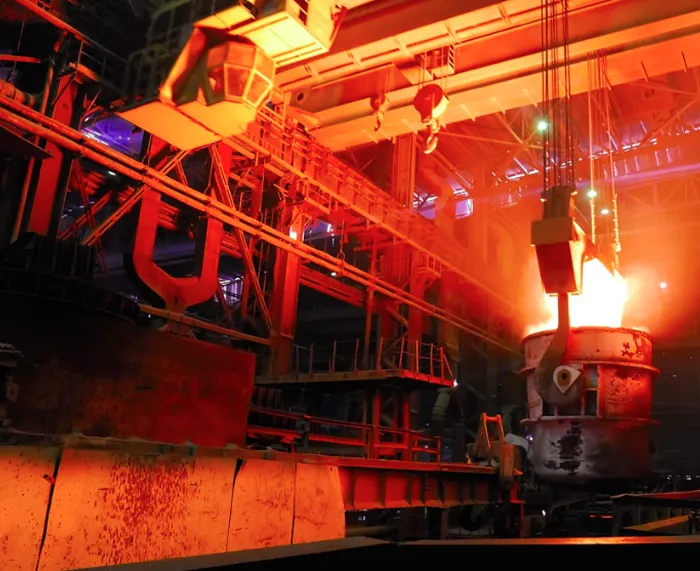
How Casting Simulation Improves Metal Casting Quality
Casting is a manufacturing process in which molten metal is poured into a mold and allowed to solidify. It is a versatile process that can be used to produce a ...
-
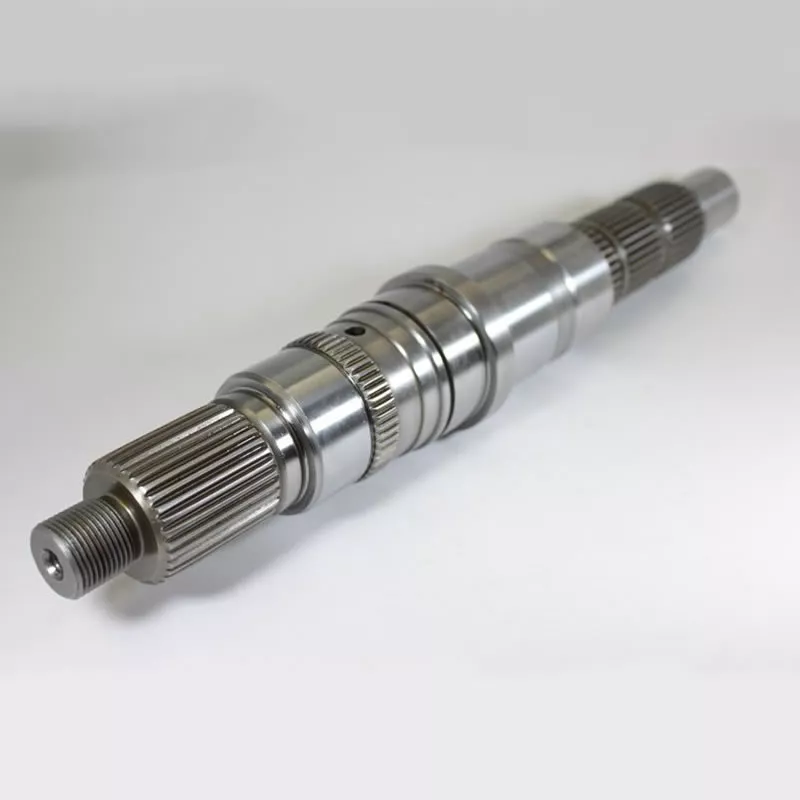
How to improve the quality of gear forgings
How to improve the quality of gear forgings? Shanghai Zhiyuan Flange Forging Co., Ltd. pointed out that hardness is an important quality inspection index for he...

